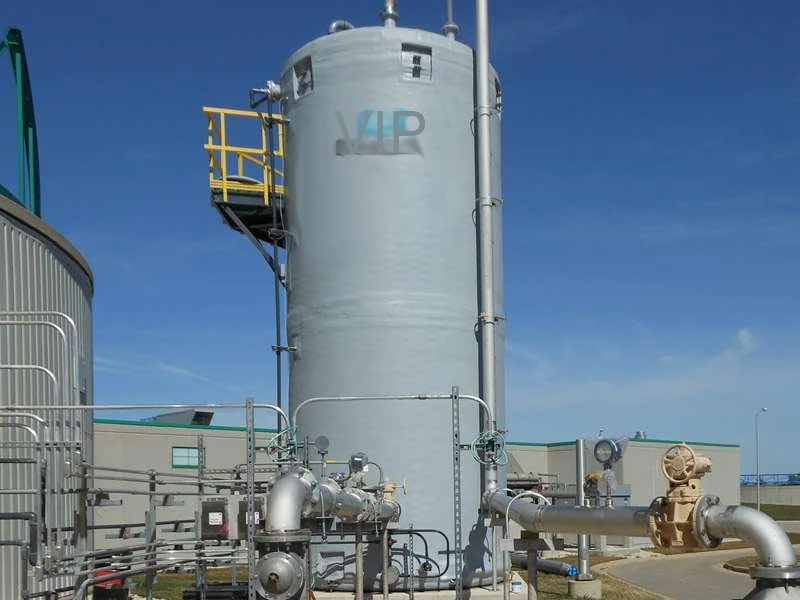
-
 Afrikaans
Afrikaans -
 Albanian
Albanian -
 Amharic
Amharic -
 Arabic
Arabic -
 Armenian
Armenian -
 Azerbaijani
Azerbaijani -
 Basque
Basque -
 Belarusian
Belarusian -
 Bengali
Bengali -
 Bosnian
Bosnian -
 Bulgarian
Bulgarian -
 Catalan
Catalan -
 Cebuano
Cebuano -
 China
China -
 China (Taiwan)
China (Taiwan) -
 Corsican
Corsican -
 Croatian
Croatian -
 Czech
Czech -
 Danish
Danish -
 Dutch
Dutch -
 English
English -
 Esperanto
Esperanto -
 Estonian
Estonian -
 Finnish
Finnish -
 French
French -
 Frisian
Frisian -
 Galician
Galician -
 Georgian
Georgian -
 German
German -
 Greek
Greek -
 Gujarati
Gujarati -
 Haitian Creole
Haitian Creole -
 hausa
hausa -
 hawaiian
hawaiian -
 Hebrew
Hebrew -
 Hindi
Hindi -
 Miao
Miao -
 Hungarian
Hungarian -
 Icelandic
Icelandic -
 igbo
igbo -
 Indonesian
Indonesian -
 irish
irish -
 Italian
Italian -
 Japanese
Japanese -
 Javanese
Javanese -
 Kannada
Kannada -
 kazakh
kazakh -
 Khmer
Khmer -
 Rwandese
Rwandese -
 Korean
Korean -
 Kurdish
Kurdish -
 Kyrgyz
Kyrgyz -
 Lao
Lao -
 Latin
Latin -
 Latvian
Latvian -
 Lithuanian
Lithuanian -
 Luxembourgish
Luxembourgish -
 Macedonian
Macedonian -
 Malgashi
Malgashi -
 Malay
Malay -
 Malayalam
Malayalam -
 Maltese
Maltese -
 Maori
Maori -
 Marathi
Marathi -
 Mongolian
Mongolian -
 Myanmar
Myanmar -
 Nepali
Nepali -
 Norwegian
Norwegian -
 Norwegian
Norwegian -
 Occitan
Occitan -
 Pashto
Pashto -
 Persian
Persian -
 Polish
Polish -
 Portuguese
Portuguese -
 Punjabi
Punjabi -
 Romanian
Romanian -
 Russian
Russian -
 Samoan
Samoan -
 Scottish Gaelic
Scottish Gaelic -
 Serbian
Serbian -
 Sesotho
Sesotho -
 Shona
Shona -
 Sindhi
Sindhi -
 Sinhala
Sinhala -
 Slovak
Slovak -
 Slovenian
Slovenian -
 Somali
Somali -
 Spanish
Spanish -
 Sundanese
Sundanese -
 Swahili
Swahili -
 Swedish
Swedish -
 Tagalog
Tagalog -
 Tajik
Tajik -
 Tamil
Tamil -
 Tatar
Tatar -
 Telugu
Telugu -
 Thai
Thai -
 Turkish
Turkish -
 Turkmen
Turkmen -
 Ukrainian
Ukrainian -
 Urdu
Urdu -
 Uighur
Uighur -
 Uzbek
Uzbek -
 Vietnamese
Vietnamese -
 Welsh
Welsh -
 Bantu
Bantu -
 Yiddish
Yiddish -
 Yoruba
Yoruba -
 Zulu
Zulu
the importance of frp launder in modern water treatment
The Importance of FRP Launder in Modern Water Treatment
In the realm of modern water treatment, the materials and designs utilized for various components can significantly influence operational efficiency, maintenance costs, and overall water quality. One such essential component is the Fiber-Reinforced Plastic (FRP) launder, which plays a crucial role in the distribution and collection of treated water.
FRP launders are tailored for transporting effluent from one stage of treatment to another, particularly in sedimentation basins and clarifiers. Their lightweight yet robust design makes them a preferred choice in water treatment facilities. The versatility of FRP allows for custom shapes and sizes tailored to specific plant layouts, providing flexibility that traditional materials, such as concrete or metal, often cannot match.
An important advantage of FRP launders is their superior resistance to corrosion and chemical degradation. Water treatment environments are often harsh due to the presence of corrosive chemicals and varying pH levels in water. Traditional metal systems may suffer from rust and corrosion over time, leading to costly replacements and maintenance. In contrast, FRP materials are engineered to withstand these conditions, thus extending the life of the launder system and reducing lifecycle costs.
the importance of frp launder in modern water treatment

Moreover, FRP launders contribute to improved water quality. Their smooth surface minimizes particulate buildup, reducing the risk of biofilm development and enhancing overall hygiene in water treatment processes. This is particularly significant in applications where high purity water is required, as any contamination can adversely affect downstream processes.
Another crucial aspect is the design flexibility of FRP launders. They can be molded into various shapes that accommodate specific operational requirements, improving flow characteristics and allowing more effective water management. This adaptability not only enhances treatment efficiency but also aids in mitigating turbulence, which can disrupt settling processes in sedimentation tanks.
In addition to performance benefits, FRP launders also support sustainability goals within water treatment facilities. By requiring less physical maintenance, they lessen the environmental impact associated with frequent replacements and repairs. Their lightweight nature reduces the energy costs associated with installation and transportation, further contributing to a more sustainable design approach.
In conclusion, FRP launders are a vital component of modern water treatment systems. Their corrosion resistance, impact on water quality, design flexibility, and support for sustainability make them an excellent choice for facilities aiming to optimize their processes. As water treatment continues to evolve, the role of advanced materials like FRP will undoubtedly become more prominent, driving innovation and efficiency in the sector. Investing in FRP technology is not merely about upgrading infrastructure; it represents a commitment to enhanced performance, sustainability, and quality in water treatment.
Latest news
-
Exploring the Benefits of Top Hammer Drifter Rods for Enhanced Drilling PerformanceNewsJun.10,2025
-
High-Precision Fiberglass Winding Machine for GRP/FRP Pipe Production – Reliable & Efficient SolutionsNewsJun.10,2025
-
FRP Pipes & Fittings for Shipbuilding - Corrosion-Resistant & LightweightNewsJun.09,2025
-
Premium FRP Flooring Solutions Durable & Slip-ResistantNewsJun.09,2025
-
Premium Fiberglass Rectangular Tanks Durable & Lightweight SolutionNewsJun.09,2025
-
Tapered Drill String Design Guide Durable Performance & UsesNewsJun.09,2025









